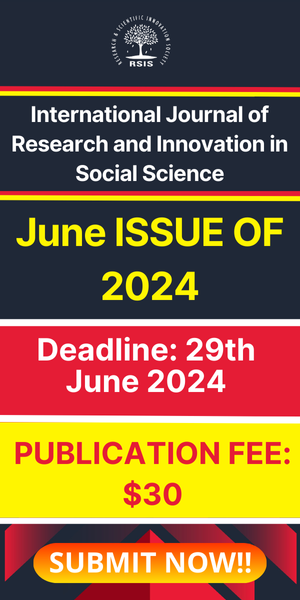Design Strength and Structural Behaviour of Cold Formed Steel Plain Angle Members Subjected to Tension Load
- January 31, 2018
- Posted by: RSIS
- Categories: Civil Engineering, Engineering
International Journal of Research and Scientific Innovation (IJRSI) | Volume V, Issue I, January 2018 | ISSN 2321–2705
Paul Makesh.A1, Arivalagan.S2
1Research Scholar, Dr. M.G.R Educational and Research Institute University,Chennai, India.
2HOD of Civil Engg, Dr. M.G.R Educational and Research Institute University, Chennai, India.
Abstract: Cold formed steel is a basic components in construction of lightweight prefabricated structures like stud frame panels, trusses and prefabricated structures. Typically columns, beams and angles etc. are different globally. This research work deals with the details of an Experimental on cold-formed steel section subjected to tension load. This analysis carries single angle sections of 3mm and 4mm and double angles sections of 3mm and 4mm under plain (without Lipped) and with Lipped conditions subjected to tension. The papers present the load carrying capacity of single angles lipped section increases by 26% in 3mm and double angles by 29% in 3mm compare with plain angles in 4mm. Analyses were carried out for thirty six numbers of angle sections under condition such as Lipped were connected same side to gusset plate and connected to opposite side. Simultaneously, ultimate compressive strength of cold formed members has been investigated.
Keywords: Bucking behavior; Tension members; Cold-formed angles; Net section, Block Shear; Shear lag effect.
I. INTRODUCTION
Cold formed steel products are made by bending a flat sheet of steel at room temperature; into a shape that will support more loads the flat sheet itself. Cold formed steel members are manufactures by cold rolling or press bracking and the plain angle sections are generally made by bending a plain sheet. Hence the original strip is converted into two distinct regions, corner portion and flat portion. Due to the cold forming, the mechanical properties of steel get modified. Generally there are four types of buckling such as local buckling, Flexural buckling, Torsional buckling and Distortional bucking. Global bucking is a bucking mode where the member deforms with no deformation in its cross sectional shape, consistent with classical beam theory. Local bucking is normally defined as the mode which plate-like deformations alone, without the translation of the intersecting lines of adjacent plate elements. Torsional buckling causes the element to twist parallel to the loading. Distortional bucking is a mode with cross- sectional that involves the translation the some of fold lines (intersection lines of adjacent plate elements).


